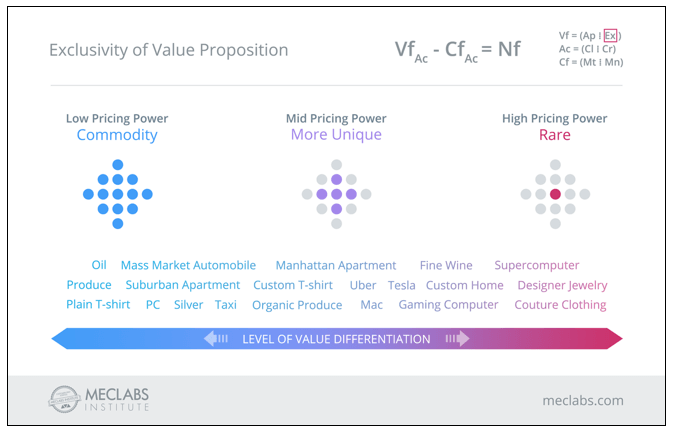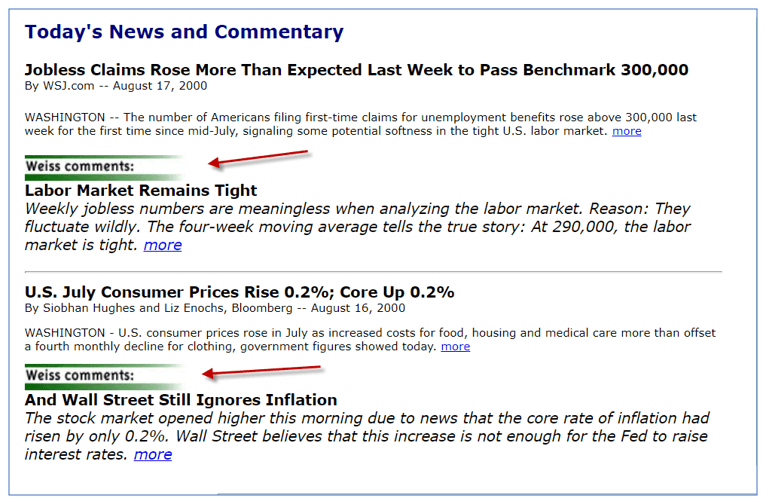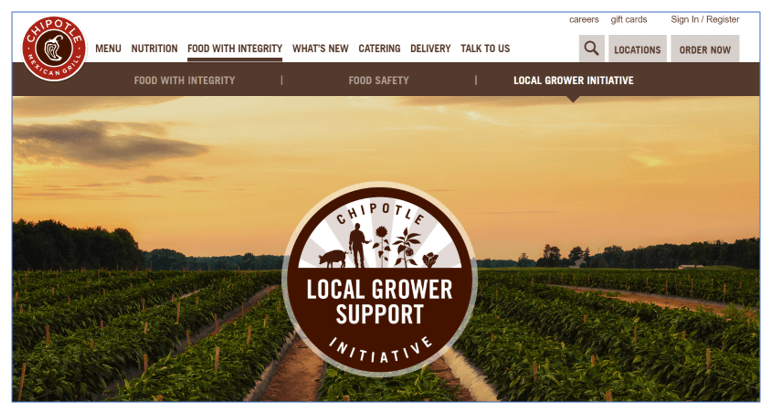Ask MarketingSherpa: How to get high-paying customers and clients
We frequently receive questions from our email subscribers asking marketing advice. Instead of hiding those answers in a one-to-one email communication, we occasionally publish edited excerpts of some of them here on the MarketingSherpa blog so they can help other readers as well. If you have any questions, let us know.
Dear MarketingSherpa: I am so happy I came across your site. Just flipping through and reading this email alone convinced me I’ll learn a lot from you. I am also grateful for the high-value report, I have downloaded it and will schedule time to really consume it.
My current challenge in my business is how to package my services for high-profile clients and charge them the premium fees for what I am worth. My business suffers from [in]consistent cashflow and high-paying clients.
I appreciate your help in transforming my businesses to target the affluent.
Dear Reader: So glad you found it helpful. Here are a few pieces of advice to help you overcome your challenges. This is a very frustrating challenge I’ve heard expressed by business leaders and companies ranging from ecommerce sites to consulting firms.
To charge premium fees you must have a powerful and unique value proposition.
What you offer must be appealing, however, in your situation where you are able to sell the service but must sell it at a low price, the likely culprit is lack of exclusivity in your value proposition.
To illustrate the point, I worked with James White, Senior Designer, MECLABS Institute (parent research organization of MarketingSherpa), on the below visual. Let’s walk through it.
The letters in the equation-looking grouping in the upper right are from the MECLABS Net Value Force Heuristic, a thought tool based on almost 20 years of research to help you understand which elements to adjust to increase the force of a value proposition. As you can see, exclusivity isn’t the only element of a forceful value proposition.
To the left are products and services with a low level of value differentiation. And to the right are products with a high-level of value differentiation.
Low Pricing Power: Commodity
The products with the absolute lowest level of value differentiation are commodities like oil, gold, and silver. The pricing power of these products is so low that their prices are often set in public markets. It doesn’t matter what company is selling them, that company essentially has no effect on price.
Please note, that doesn’t necessarily make the products inexpensive. As I’m writing this, one troy ounce of gold is currently trading for $1,202,80. That isn’t cheap. But whoever is selling that gold has no pricing power.
This is an extreme example to set the parameters. Your company’s products and services are not pure commodities. But it is a good baseline to set. How far above this baseline have you differentiated the value of what you offer?
Mid Pricing Power: More Unique
Most product categories and products fall in this range. For example, the category of organic produce. It has a higher level of value differentiation from produce in general.
Or a custom t-shirt. Assuming the shirt is appealing, a company has some pricing power to sell the shirt for more than the cost of a plain t-shirt.
High Pricing Power: Rare
This is our barrier on the upper side of the spectrum. Something truly rare (as long as it’s appealing) will have high pricing power. The more custom a product is, the higher level of pricing power it has.
Take haute couture clothing for example. It can start at $10,000 and go up from there. It serves the same functional purpose as an off-the-rack dress, but the level of value differentiation commands a premium price.
Examples of increasing exclusivity
So you’re not selling oil on a commodities exchange and your product isn’t haute couture. What’s a marketer to do? I share the visual because it helps present an easy framework. If your goal is to increase pricing power, how can you shift exclusivity a bit to the right?
In the short term, you can determine what exclusivity in your products and services already exists but you’re not communicating well now, and then improve your messaging. In the long-term, you can work within your company to build products and service that have differentiated value.
Here are a few examples to spark your thinking.
- Example #1: Mailing list company
There’s no shortage of companies selling mailing lists. So how do you differentiate?
MECLABS was working in a Research Partnership with a mailing list company, and discovered buried exclusive value on its landing page — the company made more than 26 million phone calls each year to verify and enhance business databases. No competitors could claim that degree of rigor to ensure accuracy.
Taking that buried value and highlighting it in the headline — “We Make 26 Million Phone Calls a Year to Ensure You Get The Most Accurate Mailing Lists Available!” — is one of the changes MECLABS analysts made to the page to produce a 201% increase in conversions.
- Example #2: Content website
Just to show you this isn’t a new challenge for digital marketers, I found a quick article in the MarketingSherpa archives from May 17, 2000.
Financial services company Weiss Ratings had a website called Martin Weiss’ Safe Money Report.
When the site pulled in curated content from websites like The Wall Street Journal or Bloomberg, they would add their own unique take on the stories in a section called “Weiss comments.”
- Example #3: Chipotle
A chicken burrito at Chipotle Mexican Grill is $6.85. At Taco Bell, a shredded chicken burrito is $2.19 (prices from Jacksonville, Florida).
How can one fast-food restaurant charge three times more than another fast food restaurant? Chipotle offers an element of differentiated value from other fast food chains. From Chipotle’s press release boilerplate, “Chipotle prepares its food using real, whole ingredients, and is the only national restaurant brand that prepares its food using no added colors, flavors or other industrial additives typically found in fast food.”
This is also a great opportunity to point out that exclusivity isn’t static. Chipotle’s success is beginning to spur a whole new category in the quick-service restaurant (QSR) industry of more premium fast food focused on local and organic ingredients. It will be interesting to see how the brand continues to innovate to keep its differentiated value and pricing power.
You can follow Daniel Burstein, Senior Director, Content & Marketing, MarketingSherpa and MECLABS Institute, on Twitter @DanielBurstein.
You might also like …
MECLABS Institute Value Proposition Development Online Certification Course — Learn how to clearly communicate an effective value proposition
Consumer Marketing: All That Stands Between You And Walmart Is A Good Story
Value Force: How To Win On Value Proposition And Not Just Price
Categories: Value Proposition Branding, Consumer Marketing, customer-first, landing page, Marketing, Online Advertising, Value Proposition













